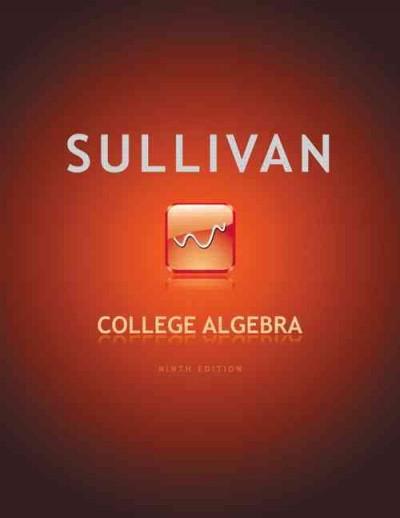Question
I need help on anwering g-k 1 population Question: What's the average number of spring quarter units for a De Anza student? Data: 26
I need help on anwering g-k
" 1 population Question": What's the average number of spring quarter units for a De Anza student?
Data:
26
25.5
25
25
24
21
21
21
21
21
21
21
20
20
20
20
20
20
19.5
19.5
19
19
19
19
19
19
19
19
19
19
19
19
19
19
19
19
19
18.5
18.5
18
18
18
18
18
18
18
18
18
17
17
17
17
17
16
16
16
16
16
16
15
15
15
15
15
15
15
15
15
15
15
15
15
15
15
15
15
14.5
14
14
14
14
14
14
14
14
14
14
14
14
14
14
14
14
14
14
14
14
14
14
14
14
13
13
13
13
13
13
13
13
12
12
12
12
12
12
11
10
10
10
9.5
9
9
9
9
8
7
5
5
5
5
Questions:
3.) Hypothesis Testing:
a) (6pt) Decide on a claim to test about your 1-population average question, (Find data online about the U.S. or California parameter to construct Ho) Note that even though you are finding data about another population, you are just using this value to compare to your De Anza population, so this is still a 1-population test. Cite your source by providing the website & print-out of webpage citing the parameter. Also, explain in words the meaning of your population parameter. This part may be tough. Ask Danny if you need any help.
My claim is that the average number of spring quarter units is greater than 15. The value of 15 can be described as the average number of spring quarter units obtained from the population of interest
b) (2pt) Is your test a left tail, right tail, or 2-tailed test? How can you tell? Why did you decide on this (Note: Many times, this will be up to you as a statistician & what you believe are the appropriate inequalities.)
My test is a right-tailed test because the cue word 'greater than' suggests a right direction hence a right-tailed test. So, computing the sample mean from the 130 data points, the sample mean is equal to 15.75.Since 15.75 is greater than the population parameter of 15, therefore it would make more sense to consider a right-tailed test kind of hypothesis.
c) (1pt) What is your significance level? (You can choose your own)
I want it to be 95% confident of the results, so I would say that the significance level is 0.05.
d) (4pt) What are the type I & type II errors? Explain them in the context of the problem.
Type I error is rejecting H0 when it is actually true, and Type II error is failing to reject false H0. Under H0, if we reject the null hypothesis that the average number of spring quarter units is 15, then we commit type I error. Rejecting the true H0 leads to this error.Even though the H0 is false, if we tend to accept it, then we commit the Type II error. Even if the alternative hypothesis- the average number of spring quarter units greater than 15 is true, failed to reject H0, then the type II error occurs.
e) (4pt) What is the distribution of the sample statistic? Explain why it has this distribution.
The sample mean follows a normal distribution.
f) (4pt) What is the value of the test statistic? Show formula & calculations.
Formula : Z= n (X- 0)/ S
I used excel
Mean is = Average (A1: Al30) . This gives me 15.6731
STDEV( A1: A130). This gives me 4.1183
Then, =(SQRT(130) x ( 15.6731-15)) / 4.1183 = Z Value: 1.8635
At 5% level of significance, z-alpha= 1.645. Since the z value is greater than z- alpha, we reject H0. Therefore, we conclude that the average unit of the spring quarter is greater than 15.
g) (4pt) Calculate is the p-value. Show work. Sketch a graph of the region whose area the p-value represents. Label the values of the horizontal axis with the appropriate values.
h) (3pt) Define the p-value in the context of the problem.
i) (3pt) What calculator command did you use to check your work for test statistic & p-value? Explain why.
j) (3pt) Do you reject or fail to reject the null hypothesis? Why or why not?
k) (2pt) Interpret your conclusion in the context of the problem.
Step by Step Solution
There are 3 Steps involved in it
Step: 1

Get Instant Access to Expert-Tailored Solutions
See step-by-step solutions with expert insights and AI powered tools for academic success
Step: 2

Step: 3

Ace Your Homework with AI
Get the answers you need in no time with our AI-driven, step-by-step assistance
Get Started


